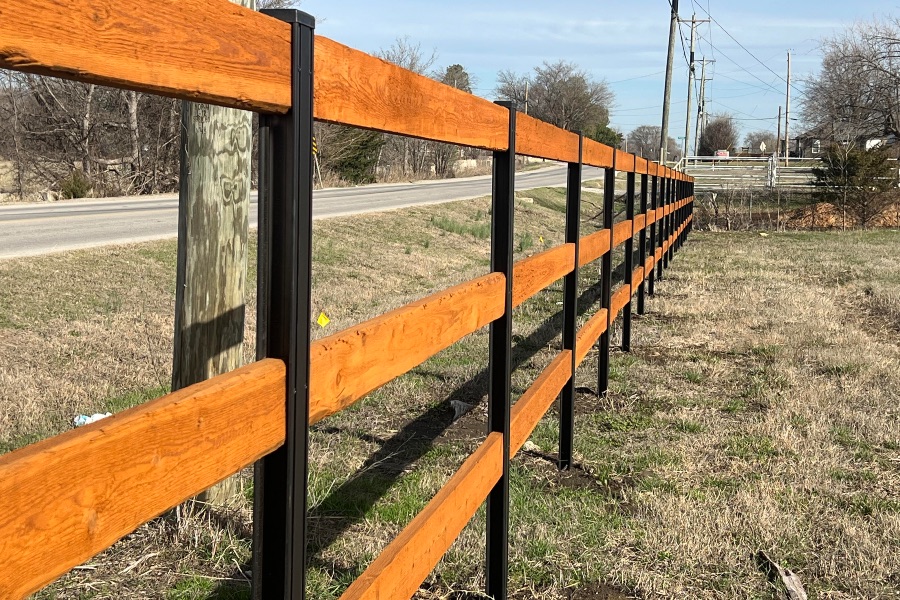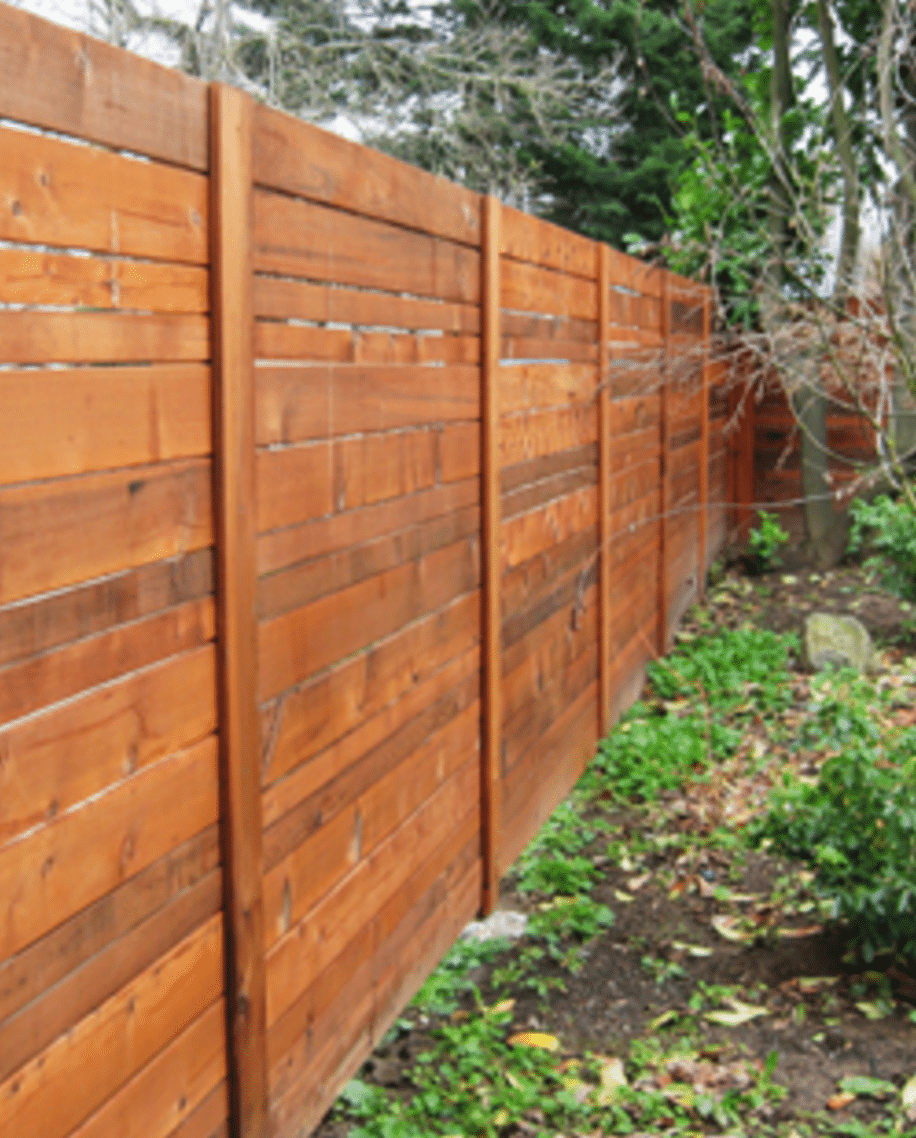All Categories
Featured

As sustainability ends up being a significantly essential factor to consider for house owners, more people are transforming to environmentally friendly fencing products. Whether you're constructing a fence for privacy, security, or aesthetic objectives, picking products that reduce environmental impact is a wonderful way to contribute to a healthier earth. Right here's a check out the leading green fence products available today and their advantages.
- Bamboo Fence: Fast-Growing and Sustainable. Bamboo is among one of the most sustainable fencing materials on the marketplace. Unlike traditional wood, bamboo is exceptionally fast-growing, which means it can be gathered without depleting forests. This makes it a highly renewable energy, with some species growing up to 3 feet in a single day.
Ecological Benefits: Bamboo soaks up much more carbon dioxide than lots of various other plants, helping to offset greenhouse gases. Its fast development rate implies it can be collected consistently, making it an eco-friendly product. Longevity: Bamboo fences are normally immune to pests and degeneration, especially when appropriately treated, decreasing the demand for chemical treatments. Aesthetic Appeal: Bamboo gives a distinct, natural appearance that complements both contemporary and traditional landscaping designs. While bamboo is a wonderful choice, it's essential to ensure that the bamboo made use of is responsibly sourced to avoid contributing to ecological degradation.
- Recycled Steel Fence: Resilient and Recyclable. Recycled steel secure fencing, such as aluminum or steel, offers an environment-friendly alternative to conventional wood fencings. These steels are typically made from recycled products, minimizing the demand for brand-new mining and the environmental influence connected with drawing out resources.

Ecological Advantages: Metals like light weight aluminum and steel are 100% recyclable, implying they can be reused and repurposed forever without shedding quality. Longevity: Metal fencings are unbelievably durable, resistant to weather, parasites, and wear, making them a lasting choice that doesn't require to be replaced frequently. Low Maintenance: Recycled metal fences need very little upkeep and don't require to be repainted or secured consistently, reducing the requirement for additional chemicals. The major disadvantage is that steel fences might not offer the same personal privacy as wood or vinyl options, as they can have voids depending upon the design.
- Recycled Wood Fencing: Sustainable and Natural. For those that like the classic appearance of timber yet desire an environmentally friendly option, recycled wood secure fencing is an excellent option. This product is made from recovered timber from old buildings, pallets, and even furniture, diverting these materials from land fills.
Environmental Benefits: Using recycled timber avoids the requirement to cut down brand-new trees, assisting to preserve forests and decrease deforestation. Visual Allure: Recycled wood offers a rustic, natural appearance and can be personalized to match any kind of home design. Sustainability: Since it is sourced from existing wood products, recycled timber does not need brand-new handling, which lowers energy intake and carbon emissions. While recycled wood fences are a green alternative, they may call for more upkeep gradually than metal or bamboo fencings, as wood can be prone to decay and bugs otherwise properly treated.

- Living Fencings: Natural and Eco-friendly. Living fencings, which are made from thick growings like hedges, trees, or hedges, supply a environment-friendly and entirely natural choice to typical fence materials. These fencings not just supply personal privacy yet additionally boost your yard with gorgeous greenery.
Environmental Advantages: Living fences can soak up carbon dioxide, supply habitat for wild animals, and improve air high quality. Sound Decrease: Dense plantings can work as natural , decreasing traffic sound or various other unwanted sounds. Visual Allure: They include a soft, natural aesthetic to any kind of home and can be tailored to fit any type of style. While living fences are environmentally friendly, they do call for routine maintenance such as pruning, watering, and in some cases pest control.
- Hemp Fencing: Biodegradable and Strong. Hemp is another lasting product that has actually made its way into the fencing industry. Hemp fences are made from strong hemp fibers that are woven with each other to produce sturdy and environment-friendly panels.
Ecological Benefits: Hemp expands quickly and requires very little water, making it a resource-efficient crop. The material is naturally degradable and can be composted when no more required. Strength and Sturdiness: Hemp fencing is weather-resistant and remarkably strong, making it appropriate for several environments. Sustainability: Hemp farming needs less pesticides and fertilizers than traditional crops, making it an ecologically liable option. Hemp secure fencing may not be as extensively available as various other materials, depending on your location.
Conclusion: Sustainable Options for Every Requirement. Choosing green fencing materials is a great way to reduce your environmental footprint while still accomplishing the personal privacy, security, and visual you desire. From fast-growing bamboo to recycled wood and steel, there are a range of sustainable options that can assist you create a gorgeous, practical fence while supporting a much healthier earth. By taking into consideration aspects such as resilience, maintenance, and environmental impact, you can select the finest environment-friendly fencing product for your needs and lifestyle.
Latest Posts
How to Know When Your Car Needs Expert Vehicle Service at Montclare Auto Repair
Published May 27, 25
1 min read
Learn About Montclare Auto Repair’s Most Popular Services and Why Drivers Rely On Them
Published May 26, 25
1 min read
Take Advantage of Special Auto Repair Offers in Chicago at Montclare Auto Repair
Published May 25, 25
1 min read
More
Latest Posts
How to Know When Your Car Needs Expert Vehicle Service at Montclare Auto Repair
Published May 27, 25
1 min read
Learn About Montclare Auto Repair’s Most Popular Services and Why Drivers Rely On Them
Published May 26, 25
1 min read
Take Advantage of Special Auto Repair Offers in Chicago at Montclare Auto Repair
Published May 25, 25
1 min read